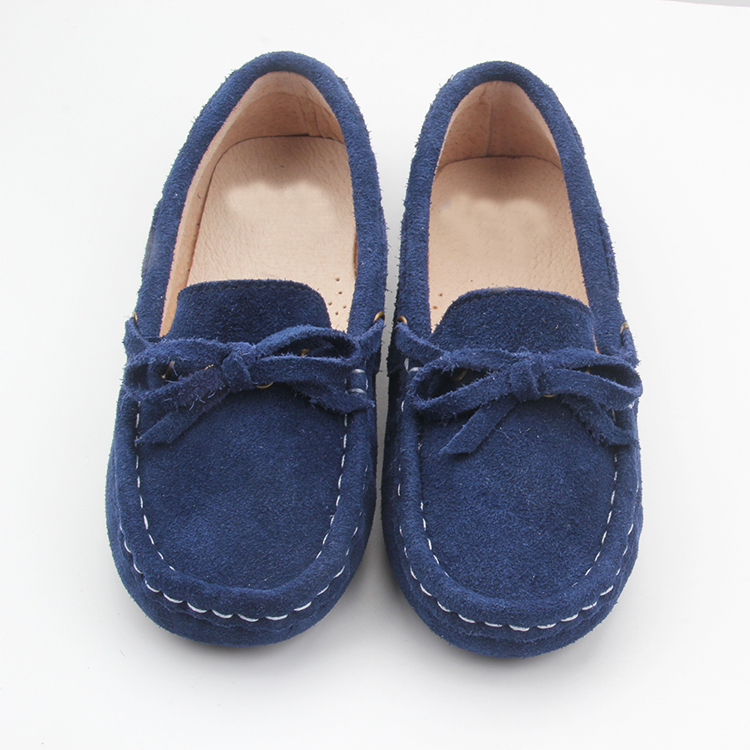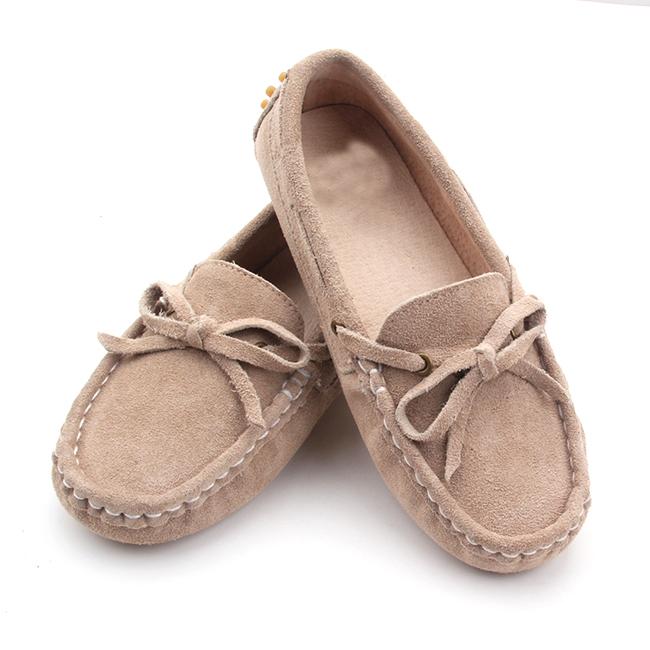08 spring and summer French lacoste sportswear offensive

"Crocodile" got its name from French famous tennis player Lacoste. Because of his long nose and aggressiveness, people gave him the nickname of crocodile. In the 1930s, the standard clothes on the tennis court were white flannel pants, woven button buttons, and sleeves rolled up. Crocodile Lacoste challenged this tradition by wearing short-sleeved knitwear and embroidered crocodile logos. This kind of clothing is both comfortable and beautiful in the game. The short sleeves solve the problem of long-sleeve roll-overs that often fall out. The collar is soft and supple. The knitted cotton pullover is good in breathability, while a slightly longer shirt hem in the pants prevents the shirt from falling. Slip out.
After Lacoste retired from tennis, the Crocodile Sweatshirts began to enter the mass production and sales commissioned friend sewing process, including embroidering crocodile marks on the left chest, and there were few embroidered marks on the clothes at the time. Lacoste's fame has made crocodile shirts popular, especially in the United States.
Prev 1 234 Next Full Story
Boat shoe
Boat shoes are worn by both women and men.
Boat shoes (also known as deck shoes) are typically canvas or leather with non-marking rubber soles designed for use on a boat. A siping pattern is cut into the soles to provide grip on a wet deck; the leather construction, along with the application of oil, is designed to repel water; and the stitching is highly durable. Boat shoes are traditionally worn without socks.
History
Modern boat shoes were invented in 1935 by American Paul A. Sperry of New Haven, Connecticut after noticing his dog's ability to run easily over ice without slipping. Using a knife, he cut siping into his shoes' soles, inspiring a shoe perfect for boating and a company called Sperry Top-Sider. Sperry Top-Siders are still a popular brand of boat shoe today, among many others, including Sebago and Timberland.
Boat shoes are used by sailors, as the name suggests; however, since the 1970s they have become casual footwear in coastal areas of the United States, Canada, Argentina, Australia, China, France, Italy, Portugal, Spain, and the United Kingdom. Some boat shoes today have traditional white, non-marking soles, though many others today have dark non-marking soles. They usually have a moc-toe (like a moccasin) construction.
In the 1980s through to the early 1990s, and returning in the late 2000s, boat shoes were worn with everyday and dressy wear alike by both boys and girls and men and women. Besides being worn by themselves, many children and adults wear them with socks, especially low-cut, ankle socks and crew in white and many other bright neon and pastel colors. Many schools with uniform requirements allow boat shoes as acceptable uniform shoes.
References
hidevte
Footwear
Men's
dress shoes
Blucher Brogues Brothel creepers Court shoes Derby Monks Oxfords Slip-ons (Loafers) Spectator shoes (Co-respondent shoes) Venetian-style shoes Winklepickers Wholecuts
Women's
dress shoes
Ballet flats Court shoes High-heeled footwear Mary Janes Mojari Mules Peep-toe shoes Saddle shoes Slingbacks Slip-ons (Loafers) Venetian-style shoes Winklepickers
Other shoes
Driving moccasins Flip-flops Galoshes Platform shoes Sandals Self-tying shoes Slides Slippers Veldskoens
Wooden footwear
Bakya British clogs Cantabrian albarcas Clogs Getas Klompen Namaksin Padukas Pattens Sabot Träskor
Military footwear
Ammunition boots Bunny boots Combat boots Jackboots Jump boots Jungle boots Tanker boots Trench boots
Sport-related
footwear
Athletic shoes Ballet shoes Boat shoes Climbing shoes Cross country running shoes Cycling shoes Football boots Ghillies Hiking boots Ice skates Inline skates Jika-tabi Kung fu shoe Minimalist shoes Motorcycle boots Mountaineering boots Plimsolls Racing flats Riding boots Roller shoes Roller skates Safari boots Skate shoes Ski boots Sneakers Swimfins Water shoes Wrestling shoes
Fashion boots
Chelsea boots (Beatle boots) Chukka boots Go-go boots Knee-high boots Over-the-knee boots Platform boots Thigh-high boots Ugg boots
Work boots
Australian work boots Cowboy boots Engineer boots Hip boots Rigger boots Steel-toe boots Waders
Other boots
Jodhpur boots Wellington boots
Traditional
footwear
Abacas Abarkas Alpargatas Avarcas Balghas Bast shoes Clogs Espadrilles Galesh Giveh Haferlschuh Hnyat-phanats Huarache (shoe) Hwas Jorabs Moccasins Mojaris Mukluks Opanaks Peshawari chappals Snowshoes Valenkis Warajis Kolhapuri chappals
Historical footwear
Areni-1 shoes Buskins Caligae Chopines Crakow (Poulaine) Hessians Pampooties Pirate boots Sabatons
Shoe construction
Bespoke shoes Blake construction Goodyear welt
Socks
Anklets Bobby socks Dress socks Footwraps Knee highs Toe socks Tabi
List-Class article List of shoe styles
Stub icon This shoe-related article is a stub. You can help Wikipedia by expanding it.




Kids Boat Shoes,Children Boat Shoes,Casual Leather Shoes,Baby Loafers
Shenzhen Baby Happy Industrial Co.,LTD , http://www.babyshoes.cc